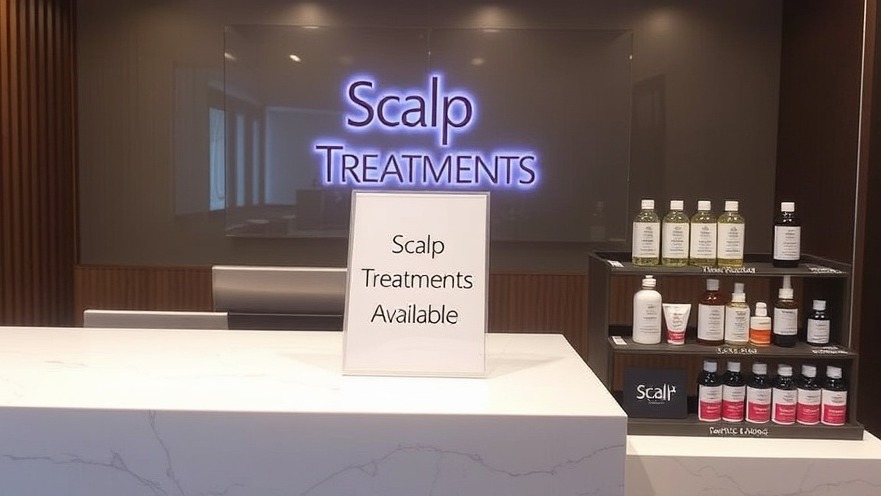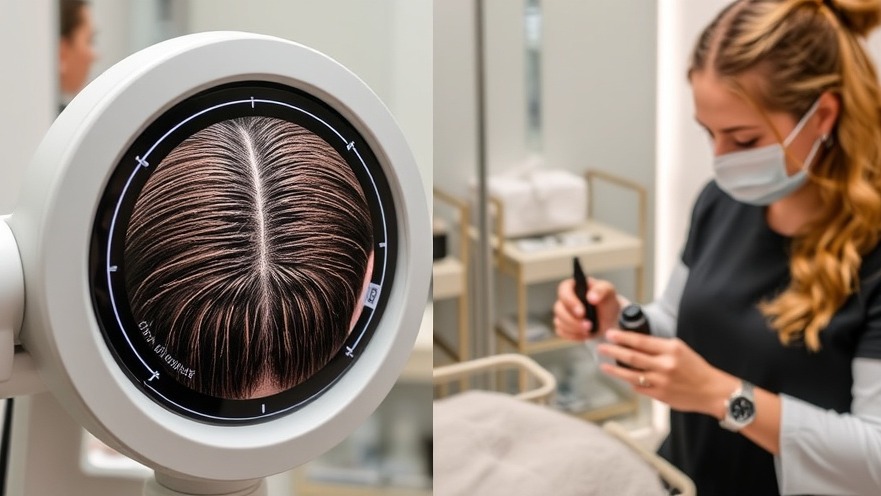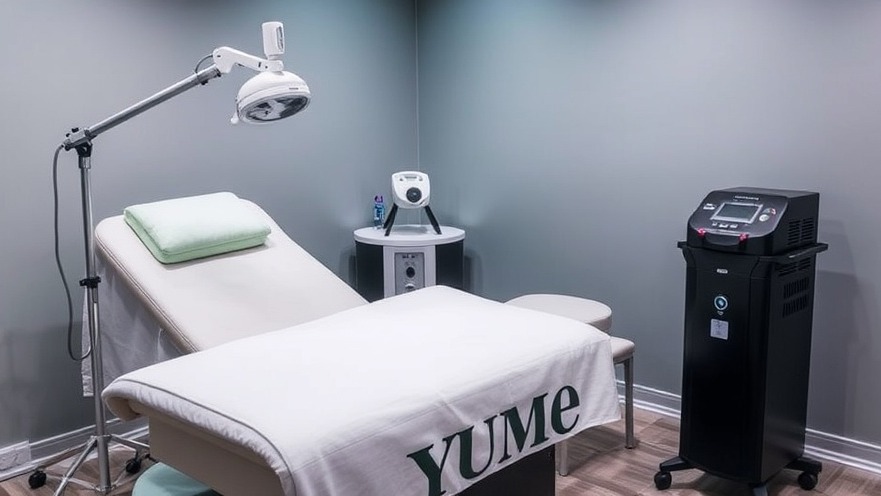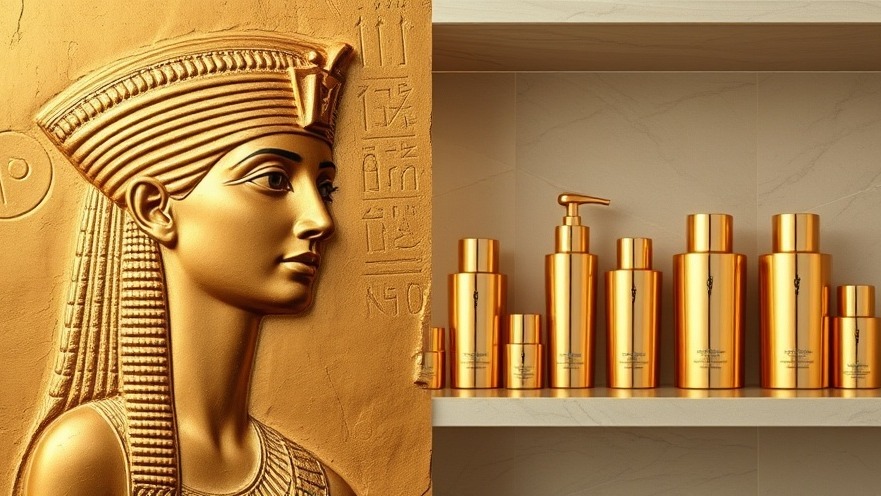
Why Head Spas Are Capturing Industry Attention
Imagine offering your guests an experience so unique that it leaves them saying, “I never knew my scalp could feel this light.”
That’s exactly what’s happening in spas across the country as head spas and scalp treatments move from viral social media trend to serious wellness opportunity.
What began in Japan as a soothing ritual of cleansing, steaming, and massage has become a service that’s capturing the attention of wellness seekers and spa leaders alike.
With nearly a billion TikTok views under #headspa and new studios opening in major U.S. cities, the message is clear: scalp care isn’t a fad — it’s a growing movement that’s blending beauty, science, and deep relaxation.
For spa owners and managers, this shift sparks an exciting question: how can your business ride this wave and turn scalp care into a profitable, guest-loved service?
The Origins of Head Spas
Head spas originated in Japan and Korea, where caring for the scalp has long been seen as just as important as skincare. Treatments typically include:
Deep cleansing to remove oil and product buildup
Gentle steaming or micro-mist to open pores
Pressure-point massage to relieve tension
Targeted serums and tonics to restore balance
What began as a cultural ritual has now expanded worldwide. Beauty press, social media virality, and spa innovation have brought scalp wellness into mainstream conversation, positioning it as a must-have on spa menus.

How Head Spas Became a Business Opportunity
Several milestones have transformed head spas from niche practice to a viable spa service category:
Social Media Virality: #headspa videos showcasing scalp cleanses and massages have generated millions of views.
Luxury Resort Adoption: Destination spas have begun integrating scalp rituals into their wellness journeys.
Technology Integration: Tools such as Takara Belmont’s YUME Headbath and HydraFacial Keravive add credibility and precision.
Retail Expansion: Major retailers like Sephora and Ulta now feature scalp-focused categories, showing consumer demand is here to stay.
This momentum gives spa leaders a golden opportunity to capture a fast-growing wellness trend.
Inside the Head Spa Experience
Step 1: Scalp Analysis
Using scalp cameras or trichoscopes, spas can show clients their scalp condition in real time — an eye-opening step that builds trust.
Step 2: Deep Cleansing
Double cleansing removes excess oil, buildup, and impurities, leaving the scalp refreshed.
Step 3: Steaming or Micro-Mist
Warm mist relaxes guests, softens debris, and enhances absorption of treatment products.
Step 4: Massage Therapy
Pressure-point massage relieves tension, supports circulation, and provides stress relief.
Step 5: Targeted Serums
Hydrating or balancing serums are applied depending on the guest’s needs — dryness, sensitivity, or oil imbalance.
Step 6: Finishing Touch
A restoring rinse or scalp toner closes the treatment, leaving guests with a light, clean, and revitalized feeling.

Tools, Training & Innovation for Spa Owners
Professional Equipment
Scalp Cameras for diagnostic credibility
Micro-Mist Systems to elevate the sensory experience
Reclining Shampoo Beds that transform a wash into a ritual
Device Add-Ons like HydraFacial Keravive for tech-savvy guests
Staff Training
Certification through World Trichology Society (WTS) or International Association of Trichologists (IAT)
Brand training such as Aveda Scalp Solutions and Milbon Head Spa programs
Internal workshops on pressure-point scalp massage and guest education
As scalp expert Bridgette Hill notes:
“My role is to uncover the root cause…and align clients with the right products, tools, and rituals.”
Why Spas Are Perfectly Positioned for Head Spas
Unlike salon scalp services, spas can frame head spas as a holistic wellness ritual.
Atmosphere Advantage: Spa ambience enhances the relaxation factor.
Holistic Wellness Connection: Guests describe head spas as “a facial for the mind,” making it easy to integrate into spa branding.
Business Differentiation: Being an early adopter distinguishes your spa as forward-thinking and trend-savvy.

Practical Tips for Adding Head Spas to Your Menu
Start Small
Offer a scalp massage + steam add-on to test guest interest before investing in equipment.
Upsell & Cross-Sell
Pair with facials for a “Face + Scalp Detox Package”
Combine with body massage for a “Head-to-Toe Renewal”
Offer retail kits (serums, scalp exfoliants) to boost aftercare sales
Marketing Approaches
Share ASMR-friendly video clips of steaming or scalp analysis
Educate with simple messaging like “a facial for your scalp”
Use before-and-after images to showcase results
Staff Development
Train therapists not only in techniques, but also in guest education to increase retail conversion and loyalty.
Conclusion: Bringing Scalp Wellness Into Your Spa
The rise of head spas and scalp treatments teaches us an important lesson: wellness is always evolving, and today’s clients are eager to embrace new rituals that blend science, beauty, and relaxation. What began as a niche practice in Japan has grown into a global movement, powered by social media, retail expansion, and a growing awareness that healthy hair begins at the scalp.
For spa leaders, the insights are clear:
Guests want novelty and results. Head spas deliver both — visible scalp improvements and unforgettable relaxation.
Training and tools matter. Scalp cameras, steaming systems, and trichology-based protocols elevate credibility and guest trust.
Early adoption builds differentiation. By adding scalp services now, you set your spa apart as a wellness innovator.
As trichologist Anabel Kingsley reminds us:
“Your scalp is essentially skin. And just like your face, it needs consistent care.”
Action step for spa owners: Start with one service, one piece of equipment, or one marketing campaign highlighting scalp wellness. You’ll not only meet a rising demand, but also create a service that keeps guests returning to your spa for true head-to-toe care.
Because in today’s competitive market, scalp care isn’t just self-care — it’s a smart business move for your spa’s future growth.
 Add Row
Add Row  Add
Add 




Write A Comment